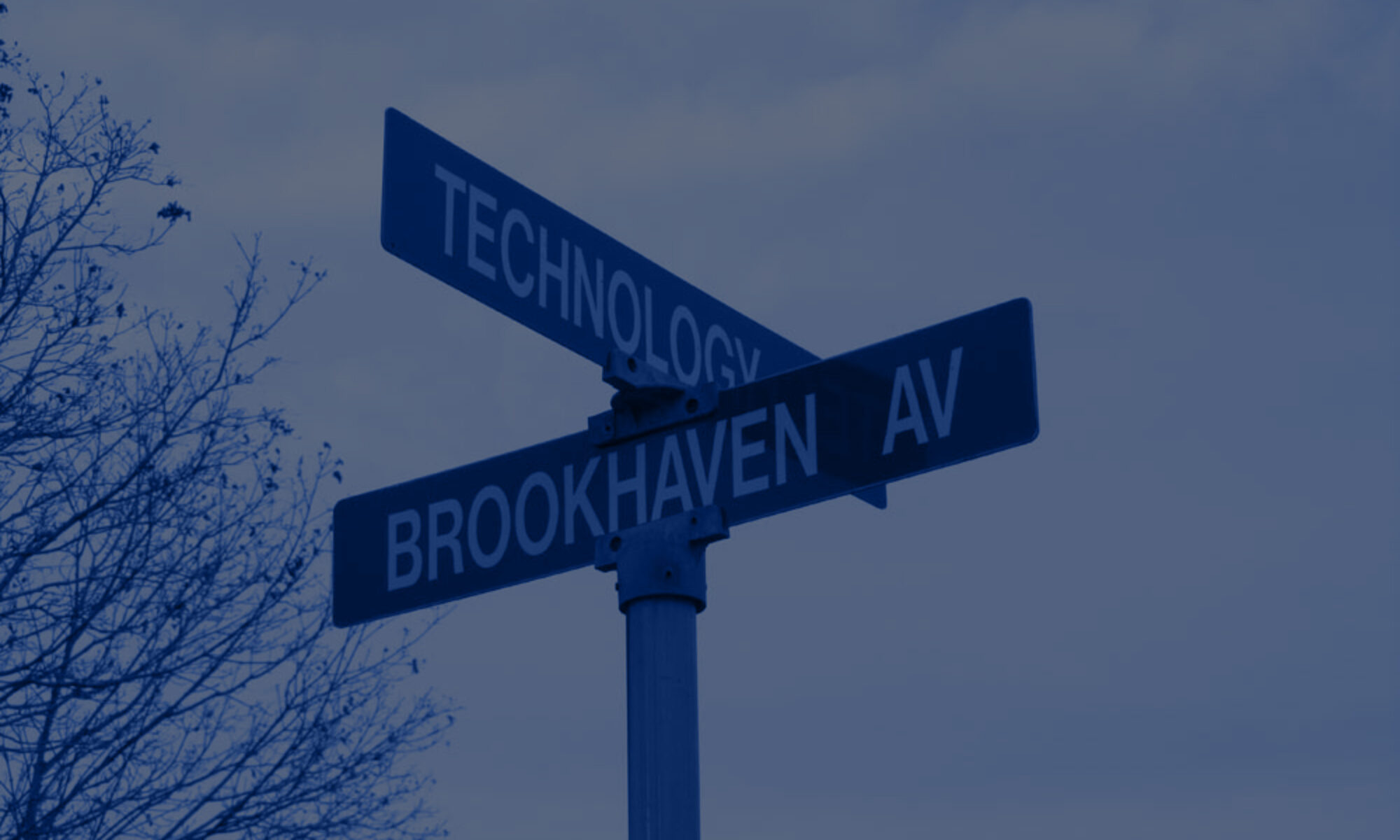My name is Tashana Brooks, and I am a Sophomore completing an Associate’s degree in Law and Paralegal studies. My research focused on Discrimination in the Section 8 housing program by landlords and realtors in New York City. The Section 8 vouchers are a lawful source of income for low-income individuals to receive an apartment. I aimed to highlight the discrimination by landlords and realtors who prevent voucher holders from accessing housing based on their race, gender, sex, and disability. However, my research proved that landlords and realtors violated the Fair Housing Act laws against discriminatory acts, the New York Human Rights law, and the Code of Federal Regulations § 100.65. These discriminatory acts by landlords and realtors contribute to the increase in homelessness in New York City. Finally, I discussed how unlawful it was for landlords and realtors to violate individuals’ rights to housing, leaving them to reside in shelters.
Did you know that the growing number of Medicare beneficiaries is causing a scarcity of radiology technologists? According to our research, the New York City of Technology’s radiologic technology and medical imaging program admits 65–70 students out of about 300 applicants each fall. Out of this group, about 20 will pursue careers as radiology technologists, with the remaining participants switching to other radiology specialties. Twenty radiology techs will not be enough to meet the rising demand. According to a poll of the Fall 2022 radiologic students, 15% of the class is unaware that the program is not required for their chosen career path
My project, Students as Fellows and Mentors: Strategies for Success, is focused on the role of student fellows as mentors in the classroom. To learn more about the students who participates in mentorship programs, a questionnaire was used with the following variables: first-generation students, GPA, when started college, race/Ethnicity, age, etc. Mentors and Fellows not only impart knowledge about their own career choices but also act as role models, motivation, emotional support, and advisors. According to early data, most students are unaware of the numerous support initiatives that City Tech offers. The survey’s results will aid in promoting Success Strategies’ student mentoring and peer support initiatives.
Can wild flavors be adapted to the constrains of city life? Can New York native edible plants be cared for in hydroponic applications, yielding a product that is both cost-efficient and delicious? This semester we have explored our research project viability by calibrating the hydroponic system. We have done this by using radish, arugula, salad, mustard green, and amaranth micro greens. The growth progress has been steady and taste profiles have been on par with conventional methods. We are convinced through this process that our research goal of growing native edible wild plants in hydroponic suspension is a viable and possibly costeffective means of food production. In the spring semester we are planning on moving into the next phase of our research and will plant out these native wild edibles for use in culinary classes furthering our research and exploration. We selected the native edibles we will use in next semester’s research: wild strawberry, blue violet, chicory, wild leeks, and plantain.

In today’s technologically advanced world, many of the things students interact with are built using programming, so exposing them to computer science is an excellent way to gain their interest and knowledge. A computer science curriculum allows students to gain a deeper understanding of numerous topics. CS curricula are usually incomplete and fall short because they teach how to apply CS topics in a practical way but not necessarily in an ethical way. By looking at multiple algorithms and finding their faults explained the needs for ethics because in most cases algorithms can be biased based on the person who made it making it unfair. As a result schools started incorporating ethics into incorporating ethics so students can better appreciate the helpfulness that computer science can bring to the world without causing unjust consequences for themselves or others.

Sjӧgren’s syndrome is an autoimmune disorder affecting salivary glands. Dental cavities are one of the most common oral diseases. The primary concern of an oral health professional is to educate and provide therapeutic therapies to prevent dental cavities in individuals with Sjӧgren’s syndrome. Peer reviewed articles and journal were used for this literature review. Upon reviewing these sources, it was that dental cavities are prevalent due to the reduced saliva production in individuals with Sjӧgren’s syndrome. Fluoride has been a widely accepted treatment for preventing cavities but there wasn’t enough evidence to prove its effectiveness in individuals with Sjӧgren’s syndrome. Further research needs to be conducted to prove its effectiveness.

In this project, we can examine the benefits of online education as well as its shortcomings. We aim to look at specific areas such as STEM and compare them to social studies. We hypothesize that STEM may be more challenging to do online, but our results, which we can collect via carefully designed survey instruments, will either confirm or disconfirm the hypothesis. By looking at specific areas such as STEM and comparing them to our research studies, we can effectively see how students perceive online education.

Polio was one of the worst diseases to ever hit the United States, and the response to deal with it still has major influences on us today. I set out to discover just how large this impact was. Using data from government websites all the way to speaking with someone who actually had polio, I aimed to see why it had the impact it did. A key feature of analysis I deemed necessary was the visualization of data, even if it required me to make graphs that did not exist previously. Findings concluded that the impact of polio on us was much more vast than previously anticipated. The next steps in my research include determining how these consequences led to healthcare inequalities, disparities, and rising healthcare costs.









